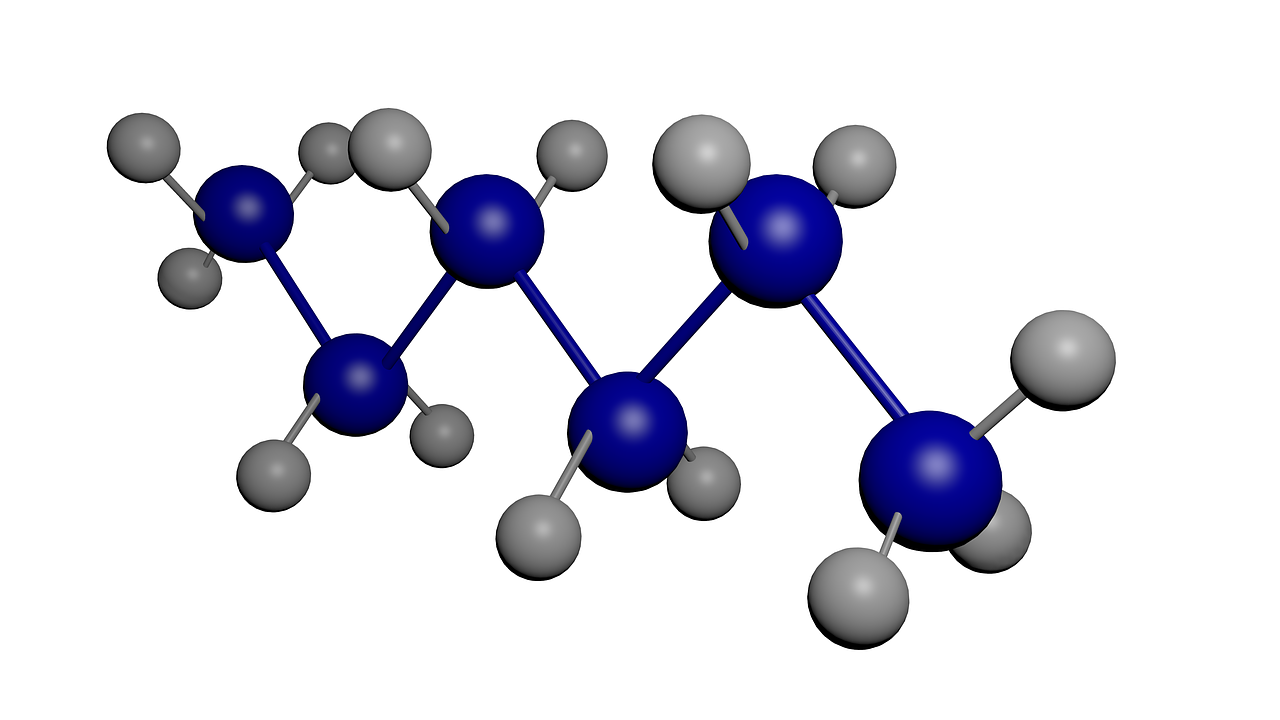A brief introduction to viscosity:
Viscosity is known as a measure of a fluid’s resistance to flow. It indicates how thick or sticky the fluid is, affecting how easily it moves. A fluid with high viscosity, like honey, flows slowly and resists motion. Conversely, a fluid with low viscosity, like water, flows quickly and easily.
Viscosity changes with temperature; for example, heating honey makes it flow more easily. Understanding this concept is important in industries such as manufacturing and medicine, where fluid flow needs to be controlled.
Definition of viscosity:
Viscosity describes a fluid’s resistance to flow, indicating its thickness or stickiness. It tells us how easily a fluid moves; a higher viscosity results in slower movement.
It quantifies how much a fluid resists deformation or flow. It reflects the internal friction between the layers of the fluid; thicker fluids resist flow more than thinner ones. For example, motor oil must have the right viscosity to lubricate engine parts effectively at different temperatures.
In pharmaceuticals, the viscosity of liquids affects how easily they can be administered or absorbed. In everyday life, viscosity determines the ease with which products like shampoo or paint are used. Understanding viscosity helps in designing and optimizing processes involving fluids in various industries.
The general concept of viscosity in fluids:
Viscosity measures how a fluid resists flowing. It shows how thick or thin the fluid is and affects how easily it moves. Higher viscosity means a fluid flows slowly, while lower viscosity means it flows quickly. This concept is important for understanding how fluids behave in different conditions and applications.
Types of Viscosity
1. Dynamic viscosity:
Dynamic viscosity measures a fluid’s resistance to shear or flow when a force is applied. It is defined as the ratio of shear stress to shear rate in the fluid.
To measure dynamic viscosity, scientists use a viscometer, which calculates the force needed to move one layer of fluid over another. There are different types of viscometers, such as the rotational and capillary viscometers.
Dynamic viscosity is crucial for understanding how fluids will behave in various mechanical systems, like engines or pipelines. This measurement helps engineers design systems to manage and optimize fluid flow effectively.
2. Kinematic viscosity:
Kinematic viscosity measures how a fluid flows under the influence of gravity. It is defined as the ratio of dynamic viscosity to the fluid’s density.
To measure it, scientists use instruments like a capillary viscometer, which allows the fluid to flow through a narrow tube and measures the time it takes. By dividing the dynamic viscosity by the fluid’s density, we obtain the kinematic viscosity.
This measurement helps predict how fluids will move in gravity-driven systems, such as in open channels or reservoirs. Understanding kinematic viscosity is important for designing and analyzing fluid flow in various applications.
Properties of Viscosity:
Viscosity measures how much a fluid resists flow. It shows how thick or thin a fluid is and affects how easily it moves. Fluids with high viscosity, like honey, flow slowly, while fluids with low viscosity, like water, flow quickly.
How temperature and pressure affect viscosity:
Temperature and pressure significantly affect viscosity. As temperature increases, viscosity usually decreases, making fluids flow more easily. Conversely, as pressure increases, viscosity often increases, making fluids thicker. Understanding these effects helps in managing fluid behavior in various processes and systems.
Examples of high and low-viscosity fluids:
Examples of high-viscosity fluids include molasses, which flows very slowly and is very thick, and motor oil, which is designed to lubricate engines by being thicker and more resistant to flow. Low-viscosity fluids include acetone, which flows quickly and easily, and air, which is very thin and has minimal resistance to flow.
Other examples of high-viscosity fluids are tar and glycerine, while low-viscosity examples also include alcohol and gasoline. The viscosity of these fluids affects how they are used in different applications, such as in machinery, cooking, and chemical processes.
Viscosity in Liquids and Gases:
Differences in viscosity behavior between liquids and gases:
Liquids and gases behave differently when it comes to viscosity. In liquids, viscosity generally decreases with increasing temperature, making them flow more easily. For gases, viscosity typically increases with rising temperature, causing them to become thicker. Liquids have a relatively constant viscosity, while gases show more variation with temperature and pressure changes. The viscosity of liquids is more affected by molecular interactions, while gases are influenced by their molecular speed. These differences impact how fluids behave in various processes and applications.
Examples of viscosity in everyday liquids and gases:
In everyday life, honey is a common example of a high-viscosity liquid because it flows slowly and is thick. Water is a low-viscosity liquid that flows easily and quickly. Motor oil is another liquid with moderate viscosity, helping to lubricate engines.
In gases, air has low viscosity and flows easily, which is why it moves swiftly through the atmosphere. Helium is a gas with very low viscosity and can flow rapidly. On the other hand, carbon dioxide has a higher viscosity compared to helium, though still much lower than liquids like honey.
Importance of viscosity in various fields:
In the oil industry, viscosity is key as it determines how easy or difficult it might be to pump your oil through a pipe. For the food industry, it gives texture and pourability to products such as sauces or dressings.
Medicine, it is used in medicine to guide the design of effective drugs and intravenous fluids that can easily flow through veins.
In automotive engineering, it impacts how lubricants perform in engines and gears. In cosmetics, viscosity influences the consistency of products like lotions and creams. Proper control of viscosity ensures efficiency, safety, and quality across these diverse fields.
Conclusion:
Viscosity measures a fluid’s resistance to flow, indicating how thick or thin it is. High-viscosity fluids, such as honey, flow slowly, while low-viscosity fluids, such as water, flow quickly. Temperature and pressure can affect viscosity, altering how fluids behave. Understanding viscosity is crucial in many fields, such as engineering, medicine, and manufacturing.
It helps in designing systems that handle fluids efficiently and safely. Overall, viscosity plays a key role in predicting and managing fluid behavior in various applications.



